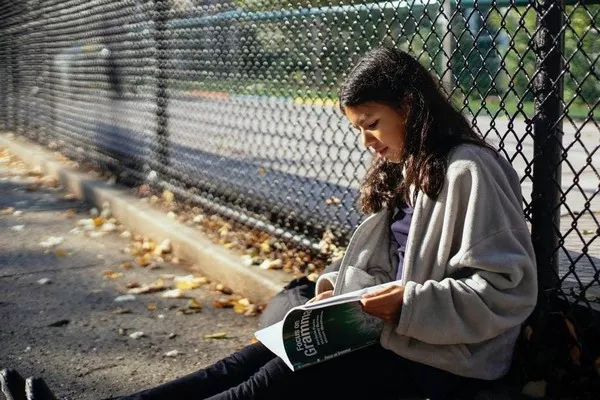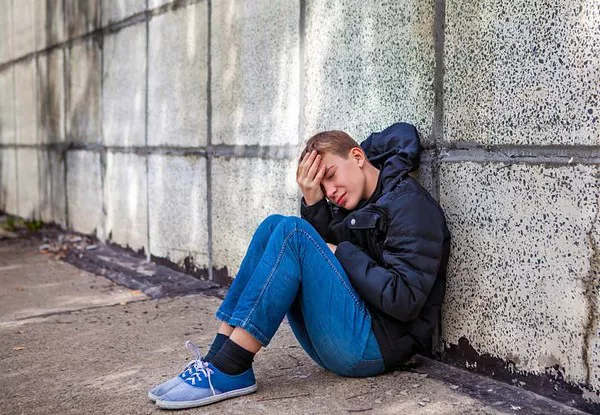A recent study has uncovered a complex relationship between the COVID-19 pandemic and child mental health, challenging some predictions while emphasizing the overall decline in mental well-being among children during the pandemic. Contrary to expectations, disadvantaged children, who had lower baseline mental health, were not the hardest hit. Instead, the study reveals that child mental health inequalities narrowed during the pandemic, but the overall well-being of children deteriorated.
While there is some evidence suggesting that the decline in mental health during the pandemic may have been more pronounced among younger people, its impact on disparities in child mental health remained unclear.
To delve deeper into this issue, researchers examined 16,361 parental observations of 9,272 children from the nationally representative Understanding Society: the UK Household Longitudinal Study.
Child mental health was assessed using the Strengths and Difficulties Questionnaire (SDQ), completed by parents when their children were aged 5 and 8 in annual surveys from 2011 to 2019, as well as when the children were aged 5 to 11 in July and September 2020 and March 2021, during the pandemic.
The study also explored potential interactions between periods before and during the pandemic and factors such as sex, ethnicity, family structure, parental education, employment, household income, and area deprivation.
The findings indicated a trend towards worsening mental health from 2011 to 2019 that persisted during the pandemic. Surprisingly, children from more advantaged backgrounds—those with coupled, highly educated, employed parents and higher household incomes—experienced sharper declines in mental health during the pandemic. This narrowing of child mental health inequalities was in stark contrast to the baseline mental health of disadvantaged children, who tended to have lower scores.
For instance, the average difference in child SDQ scores between children with unemployed parents and those with employed parents decreased from 2.35 points before the pandemic to 0.02 points during the pandemic.
However, this pattern differed for disparities related to sex and area deprivation, which remained during the pandemic. Notably, white children, including those from white minority groups, had lower baseline mental health than children from other ethnic backgrounds and experienced larger declines during the pandemic, exacerbating this inequality.
While the study reveals important insights, it is observational in nature and cannot establish causation. Additionally, it relies on SDQ scores reported solely by parents, and small sample sizes necessitated the aggregation of minority ethnicities.
Nonetheless, the study underscores that child mental health trends have continued to worsen during the pandemic. This unexpected pattern of larger declines among traditionally advantaged groups challenges predictions that lockdowns would disproportionately affect children with parents in unstable employment and limited resources.
The researchers speculate that social isolation and reduced access to services during the pandemic may have bridged the experiences of traditionally advantaged groups with those of disadvantaged children. Emergency income support measures might have eased the economic burden for disadvantaged families.
The study concludes that addressing the overall decline in child mental health is imperative, given the far-reaching consequences of poor mental health in childhood. Interventions are urgently needed to enhance child mental health across all groups while maintaining the narrower inequalities observed during the initial year of the pandemic through upstream policies targeting socioeconomic disparities.
























